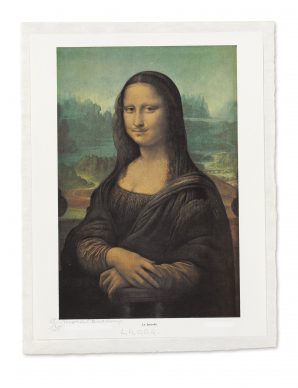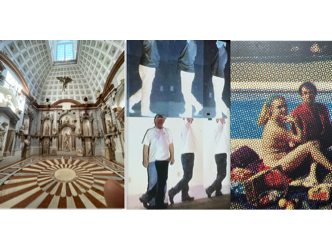Timisoara
For a long time Timișoara wasn’t a name that was familiar to the ears of the international crowd. Then in December 1989 the multicultural Romanian city became synonymous with horror when a mass grave was believed to have been discovered, created during the times of the despotic reign of Nicolae Ceaușescu. But people started to notice that corpses had in fact been dug up from the paupers’ cemetery to create a colossal piece of fake news.
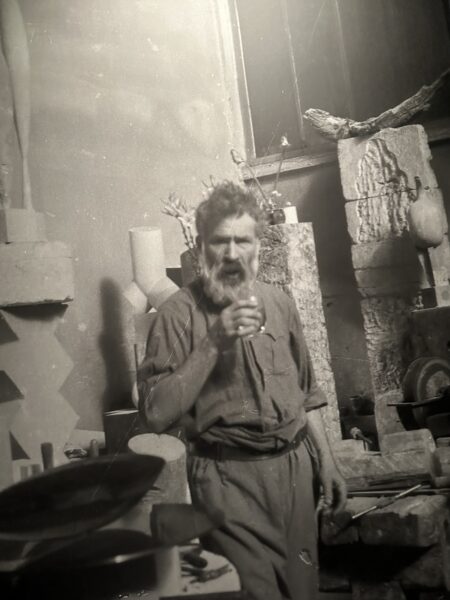
European capital of culture
24 years later, the world has transformed, fake news proliferates, and Timișoara is celebrated for a much better reason. It is the European capital of culture. The high point of the event held in this city, reminiscent of the Austrian imperial spirit with its colossal buildings and grand squares, is an exhibition on the most illustrious of this country’s artistic offspring: Constantin Brancusi (1876-1957).

Remarquable exhibition
In March 2024 in Paris the Centre Pompidou will be dedicating a major exhibition to him before it closes for five years. Meanwhile, what is on view at Timișoara from now to 28 January is remarkable.
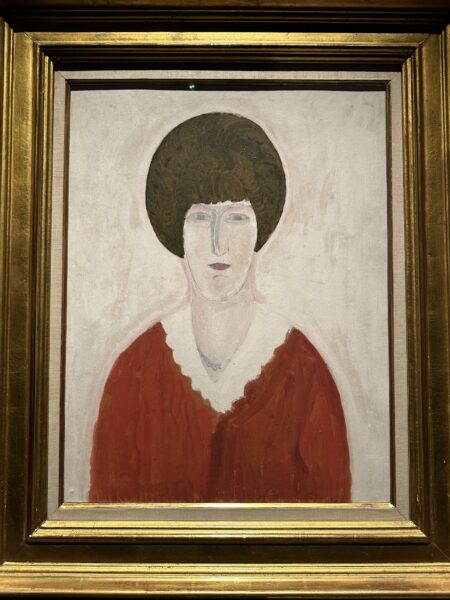
Back to his roots
It is not the first time Romania has hosted a Brancusi exhibition. While the artist was once honoured by the communist regime, since 1956 he has enjoyed a symbolic return to the country with an initial tribute made to him. This is the 2023 version of the return of the prodigal son, the artist from Montparnasse.
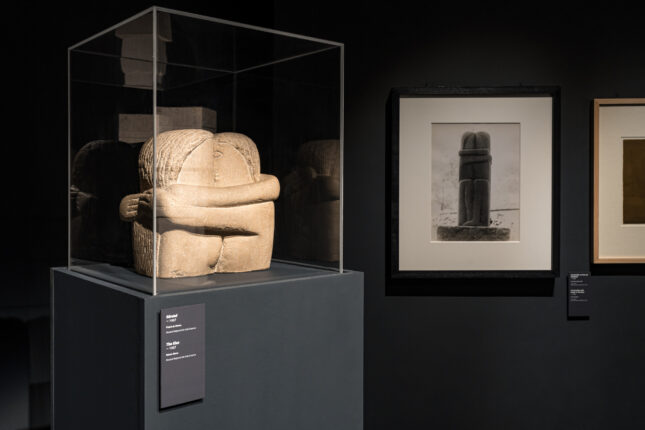
Doina Lemy
The show has been orchestrated by a great Brancusi specialist, historian Doina Lemny. She is presenting new perspectives on the subject – primarily to do with Brancusi’s Romanian-ness. In other words, how one of the must celebrated sculptors of the 20th century, at the beginning and end of his career, created for his country of birth and was inspired by it. This preoccupation goes hand in hand with the artist’s taste for the pared back aesthetic.
Endless column

In 1907 for exemple, he created a funerary piece in Buzău in the East of the country. We see a nude woman on her knees, in bronze, made up of a single line that follows what is almost a right angle. In 1938 he designed a monumental homage to the young victims of the First World War in Târgu Jiu in the Oltenia region, the famous endless column, a series of lozenge-shaped forms, 30 metres high, which demonstrates his desire to reach for the sky: his quest for the absolute. In fact this design, which has become an icon of his creation, was inspired by a simple press screw.
His studio closed in Paris
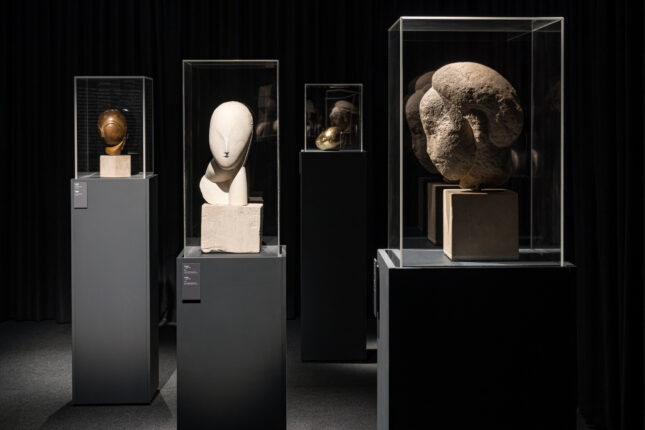
In Timișoara only 22 sculptures have made the journey but they are widely documented by archives, drawings and above all photographs. Brancusi had a broad understanding of his oeuvre. The plinths were part of the creation of his forms. Ditto for his studio, on the Impasse Ronsin (1), in which he arranged his creations, conceived as a total art installation. Until a few weeks ago the reconstructed studio could be visited in a small building located right near the Centre Pompidou. It is now closed. When the site is reopened the studio will be integrated into the permanent collections.
Photography as art
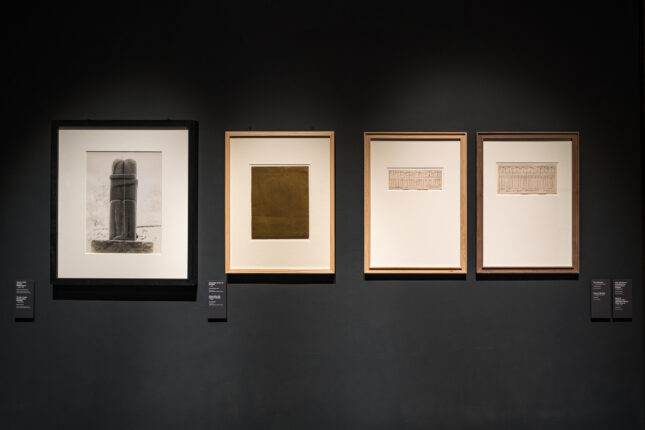
Brancusi had specific ideas about the arrangement of his sculptures in space. He immortalized them through photography, which he also considered to be an art. He did not authorize anyone, apart from himself, to take pictures of his works. It was through working in Rodin’s workshop, only for four months, that he discovered photography. As for sculpture, his time spent with the creator of “The Thinker” inspired him to the extent that he took an entirely opposite path. On this occasion he uttered a line that would go down in history: “Nothing grows well in the shade of a big tree.”
The Kiss for 40 years
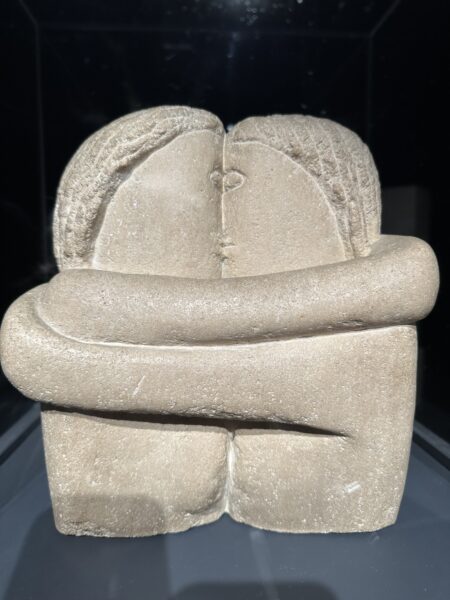
This was how he went on to create his first “Kiss”, “by directly sculpting into the stone, contrary to Rodin,” explains Doina Lemny. He would execute different versions of the Kiss over a period of 40 years. The two busts of the figures it comprises are made in an almost grotesque spirit. It’s the expression of fusion that the artist wanted to foreground. They literally interlock to form a rectangle. Later, another more sensually explicit version of the sculpture would be placed at the grave of a young girl, Tania Rachewskaïa, in Montparnasse cemetery.
Hidden under a box
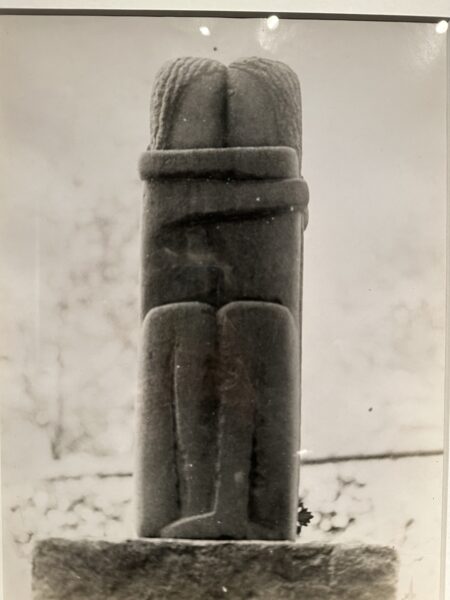
Unfortunately this masterpiece is now hidden under a box, a decision made by the young girl’s descendants. In 1945 the sculptor created his only political piece: “Borne-frontière”, in which the two cubic lovers are integrated into a column. “On that date Romania lost two territories, Moldova and Southern Bukovina. The allusion is clear,” explains the curator. The exhibition, while it especially lingers on the master’s local sources, is also a veritable deep dive into what Brancusi called “the universal purity” of his forms.
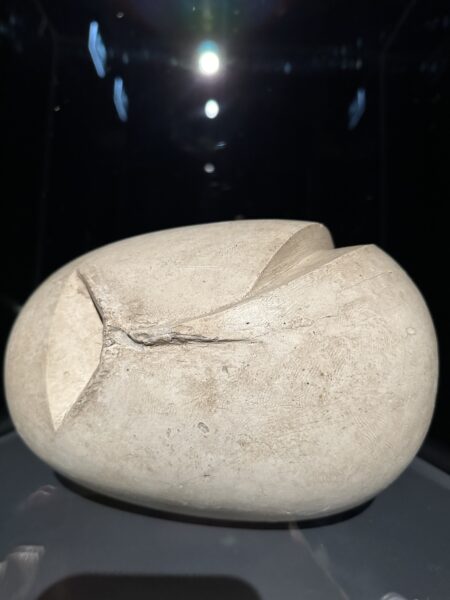
Until 28 January. Timisoara national art museum. www.mnart.museum
- Lovers of Parisian history will be very disappointed to learn that there is nothing left of the Passage Ronsin, which was home to so many artists, from Brancusi to Niki de Saint Phalle and Jean Tinguely. It is now a deserted side street that leads to a hospital morgue.
Support independent news on art.
Your contribution : Make a monthly commitment to support JB Reports or a one off contribution as and when you feel like it. Choose the option that suits you best.
Need to cancel a recurring donation? Please go here.
The donation is considered to be a subscription for a fee set by the donor and for a duration also set by the donor.



